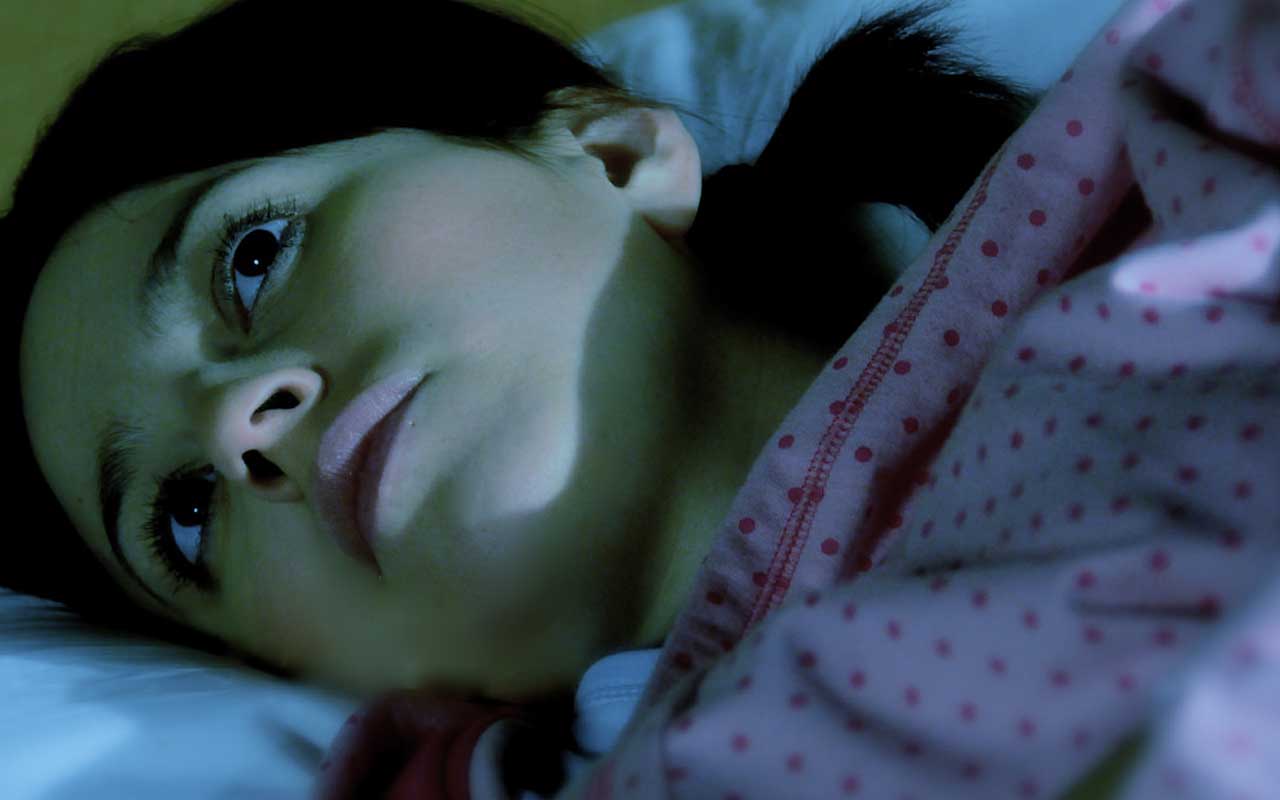Everybody dreams. It is an experience that is shrouded with mysteries. For centuries, scientists have been studying the importance of dreams in our lives. Even during the Roman era, they were thought to be messages from the gods and every dream was submitted to the Roman Senate to be analyzed. We spend a large portion of our lives dreaming. Some of the dreams we have can leave us wondering what their purpose is and sometimes they are so realistic that we have trouble distinguishing between the dream and reality.
If you are unsure whether you are dreaming or not, try reading something. The vast majority of people are incapable of reading in their dreams. The same goes for clocks. Each time you look at a clock it will tell a different time and the hands on the clock won’t appear to be moving as reported by lucid dreamers. While all of you might be left in a slumber of wonder, we will shed light on some unheard and strange facts about dreams and sleep.
1. We spend an average of six years dreaming.

Sleep is an important part of our daily routine and we spend one-third of our lives doing it. While the exact purpose of dreams are unknown, everybody dreams and scientists believe that it helps us better process our emotions. Brain scans show that we spend an average of 2 hours each night dreaming but only remember a tiny portion of it. Most of our dreams include portions of our day and those who suffer from anxiety or stress are more likely to have frightening dreams.
Although we dream during all stages of sleep, they are usually more vivid in REM sleep. During this stage, our dreams can last anywhere from from 5 minutes early in the night to as long as 34 minutes towards the end of the sleep session. (source)
2. We forget 90% of our dreams.

Even though we dream for about two hours every night, we cannot recall the experience because most of us forget 90% of our dreams. The exact reason why we forget our dreams also remains a mystery but there’s a theory that it’s because we are simply not concentrating on them while snoozing. Those who consider dreams to be important and are more interested in them are likelier to recall them; because they are motivated to pay attention to their dreams.
Another theory as to why we cannot retain our dreams is the absence of norepinephrine; the hormone associated with memory. While sleeping, the hormone is turned off and so, our brains are unable to encode our night visions into memories. (source)
3. At least 40% of the population has experienced sleep paralysis; a phenomenon where your mind is awake and your eyes can see, but it’s as though your body is still sleeping.

The feeling of being conscious but unable to move is called sleep paralysis. The unique phenomenon occurs when a person is between the stages of wakefulness and sleep. According to WebMD, during the transition, most people are unable to move or speak, which can last from a few seconds to few minutes. It can happen at two times; either when you are going to sleep or when you’re waking up.
The phenomenon can happen to people of all ages and 40% of the population has had at least one episode of sleep paralysis in their lifetime. During REM sleep we are essentially paralyzed, which is an evolutionary action that occurred to protect us from hurting ourselves while we’re dreaming. Luckily for those who experience this, it only lasts for a few minutes. (source)
4. Around 60 to 70 percent of people experience “hypnagogic jerk” – an involuntary muscle spasm that occurs as a person is drifting off to sleep or dreaming.

A hypnagogic jerk is basically an involuntary muscle spasm. It mainly occurs when a person is drifting off to sleep. Also called “sleep starts”, they are actually quite common. It is estimated that around 60-70% of the population experience this. They can be spontaneous or can be caused by external stimuli such as sound or light. Some people do report hypnagogic jerk accompanied by dreams.
While the exact reason why our bodies perform this unique phenomenon is unknown, scientists have a hypothesis. According to scientists, it could be a natural part of the body’s transition from alertness to sleep, and hypnagogic jerk occurs when our nerves “misfire” during the process. With hypnagogic jerks, you might act out a dream like falling off a cliff, falling from the sky, or tripping but it is completely normal and nothing to be concerned about. (source)
5. 75% of adults experience recurring dreams.

Stress can cause our dreams to repeat. Recurring dreams are repetitive, while typical dreams are universal. 75% of adults experience this unusual phenomena but more often, women experience them more than men. The most common themes of recurring dreams include: being chased, falling, being stuck, being late or losing control of a vehicle. Psychology Today suggests that they are assumed to reveal the presence of unresolved conflicts or stressors in an individual’s life. Dr. Winter, who is a writer for Men’s Health, explains that:
“Dreaming is a way for your brain to sort out things it needs to reevaluate and process before it can file them away as memories. Recurring dreams may happen with unresolved psychological issues your brain is trying to sort out.” (source)
6. In our dreams, we can only see faces that we already know.

Surely it sounds hard to believe but in our dreams, the faces we see are the faces we know. According to sleep experts, our brains are not capable of rendering new faces during sleep cycles. So, this means that the faces we see in our dreams are ones we have seen at least once in our lives. For example, in our dreams, we often see our friends or partners whose personality fits perfectly. Once we wake up, we realize that they were “played” by someone else with a completely different face who you might have encountered while walking on the street. (source)
7. Not everybody dreams in color. A small percentage of people dream in black and white.

It is true that not everyone dreams in color. In fact, a small percentage of people dream in black and white. In a world of high definition TV’s and vivid cinematography, it might seem weird that dreams can be colorless. The National Institutes of Health put this to the test and performed a study on 44 participants. At the end of the study, results showed that a small percentage of people, mainly those who had exposure to black and white televisions, dreamed entirely in black and white.
The common denominator was found to be exposure to black-and-white television in 12% of the participants. Another study conducted in the 1940’s showed that some participants never, ever saw any dreams in color. (source)
8. Our minds are more awake during a dream than while we are awake.

Non-REM sleep is usually considered as a compensatory ‘resting’ state for the brain but during REM sleep our brains are more active than when we are awake. Sleep studies that track electrical activity in the brain supports this concept. With the help of functional magnetic resonance imaging (fMRI) combined with electroencephalography (EEG), researchers have evidenced that brain activity increases during non-REM sleep.
While it’s not clear as to why this occurs, scientists believe that it has a lot to do with the variety and significance of waking life. It could be that our brains are analyzing and learning from the experiences during the preceding hours. (source)
9. Men and women dream differently.

Apart from the fact that men and women dream differently, women are capable of retaining their dreams more often than men. Studies show that when women dream, there is normally an almost equal amount of both men and women that are involved in their dreams. As for men, roughly 70% of the people in their dreams are other men. Apart from that, men have more aggressive dreams than women while women are known to have longer dreams than men. (source)
10. We are paralyzed when we dream.

During REM sleep, the body is paralyzed. The paralysis of the voluntary muscles is a phenomenon known as REM atonia, which prevents you from acting out your dreams while you’re asleep. Basically, you don’t move because the motor neurons are not stimulated. During the process, our eyes move but our body muscles are motionless. (source)




